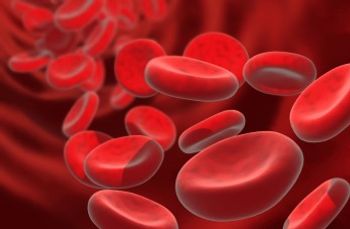
HIPEC is “Valid” Treatment Option in CRC Peritoneal Metastases
Quantifying disease volume to help identify potential recurrence following surgery may be a helpful advance, according to Sean Dineen, MD.
There is “good evidence” supporting the use of cytoreduction with or without hyperthermic intraperitoneal chemotherapy (HIPEC) as a “valid treatment option” for patients with colorectal cancer (CRC) and peritoneal metastases, said Sean Dineen, MD.
Dineen, an associate member in the Gastrointestinal Department, section leader for Peritoneal Disease, and the program director for the Complex General Surgical Oncology Fellowship at Moffitt Cancer Center, spoke with CancerNetwork® following the
Looking ahead, Dineen said he hopes to see advances in markers of various disease volumes, which may help identify potential recurrence in patients who undergo surgery.
Transcript:
One area where we can be [more] effective is increasing the awareness of cytoreduction plus or minus HIPEC as a treatment option for patients with colorectal cancer and peritoneal disease. There are some data on this. Anecdotally, those of us who treat a lot of patients like this feel like patients are referred either late or are not referred at all. We can increase the word that this is a pretty valid treatment option. There’s a fair bit of debate about the role of HIPEC, the intraperitoneal chemotherapy, in what the benefit of that specific aspect of surgery is. In terms of surgery being effective, there’s quite good evidence that it is. One thing that came from that meeting was trying to think of ways to encourage typical medical oncologists to refer patients for consideration of surgery. That’s one thing.
In terms of other specific areas, we’ve talked in a couple of aspects about how to best assess the burden of disease and then how best to assess recurrence. Those are somewhat overlapping in the sense that we need or would certainly benefit from better markers of high-volume, low-volume, or moderate-volume disease. Trying to figure out better ways to quantify that would be helpful. If those same tools could then be used after surgery to help identify recurrence, those would be very helpful advances.
Reference
Dineen S. Optimal tumor burden for CRS/HIPEC in colorectal cancer. Presented at the Society of Surgical Oncology (SSO) 2024 Annual Meeting; March 20-23, 2024; Atlanta, GA.
Newsletter
Stay up to date on recent advances in the multidisciplinary approach to cancer.

















































































